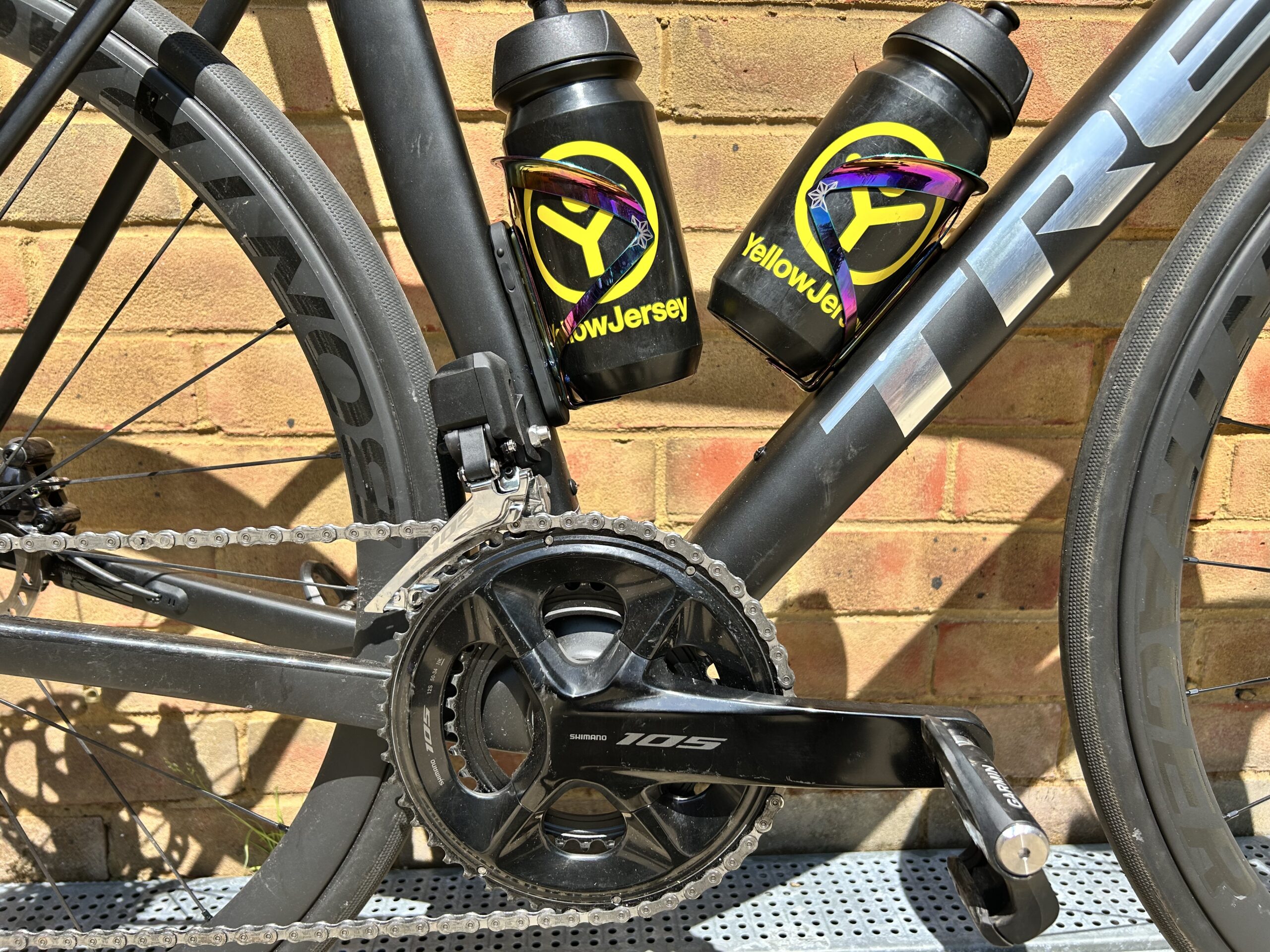I can say with a good degree of certainty that bike theft in public areas is sadly fairly commonplace, and although Yellow Jersey Insurance covers bicycles locked in public areas, we cannot cover the shock and sinking feeling one feels when returning to where their bike was once left, to find it stolen. With that said, although insurance is a great safety net, we think prevention is always better than the cure. To put a positive spin on things, we know that lots of thefts are avoidable, provided the right locking strategies are employed. In this article, we take a look at what works best based on what our claims team see day in, day out.
Use a sold secure Gold or Diamond rated lock
Let’s start with the basics: your lock matters. A weak lock is as good as no lock at all.
Only use locks rated Sold Secure Gold or Diamond*. These locks are tested against the tools thieves actually use. Many policies (including ours) require this level of protection to validate a claim, but more importantly, it works. Remember, always keep the lock’s receipt and take a photo of your bike locked up properly, it might help if you ever need to claim.
*For bicycles valued under £1500, you can use a Sold Secure Silver rated lock, but if you have the option and your budget allows, go for a Gold or Diamond rated lock !
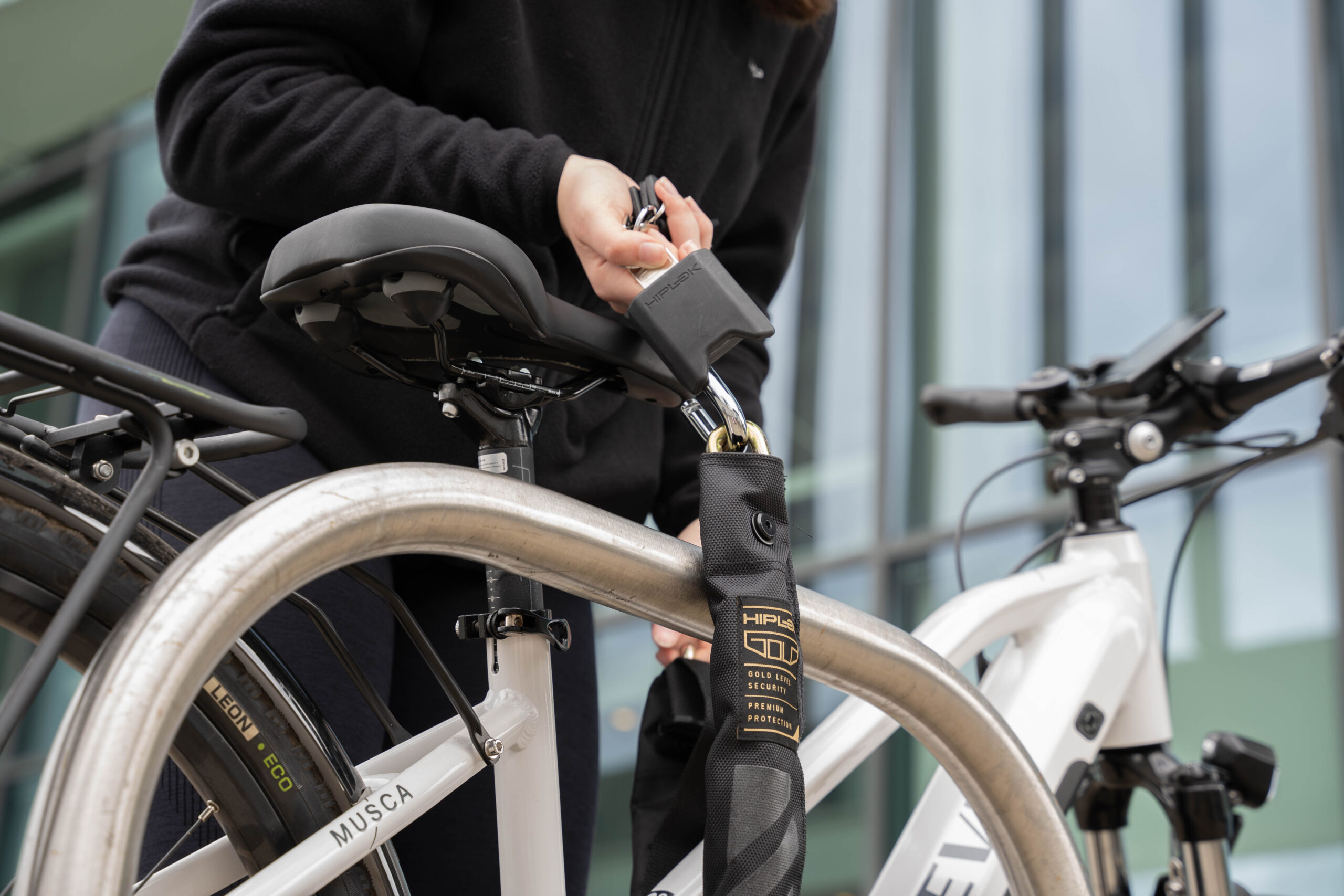
Always lock to something immovable, like really immovable!
It sounds obvious, but we still see claims where the bike was locked to something like a wooden fence or a cheap railing that could be lifted out and in some cases, locked to another bike. Choose a solid metal post, bike rack, or ground anchor. Ideally, whatever you’re locking to is bolted down and thicker than your wrist.
Use two different types of lock
Thieves often carry tools for one kind of lock,usually D-locks or cables, not both. Using a chain lock + D-lock combo massively increases the effort and time required to steal your bike. Insurance note: Both locks must meet the minimum standard your policy requires, so don’t just throw on a café cable as your second layer.
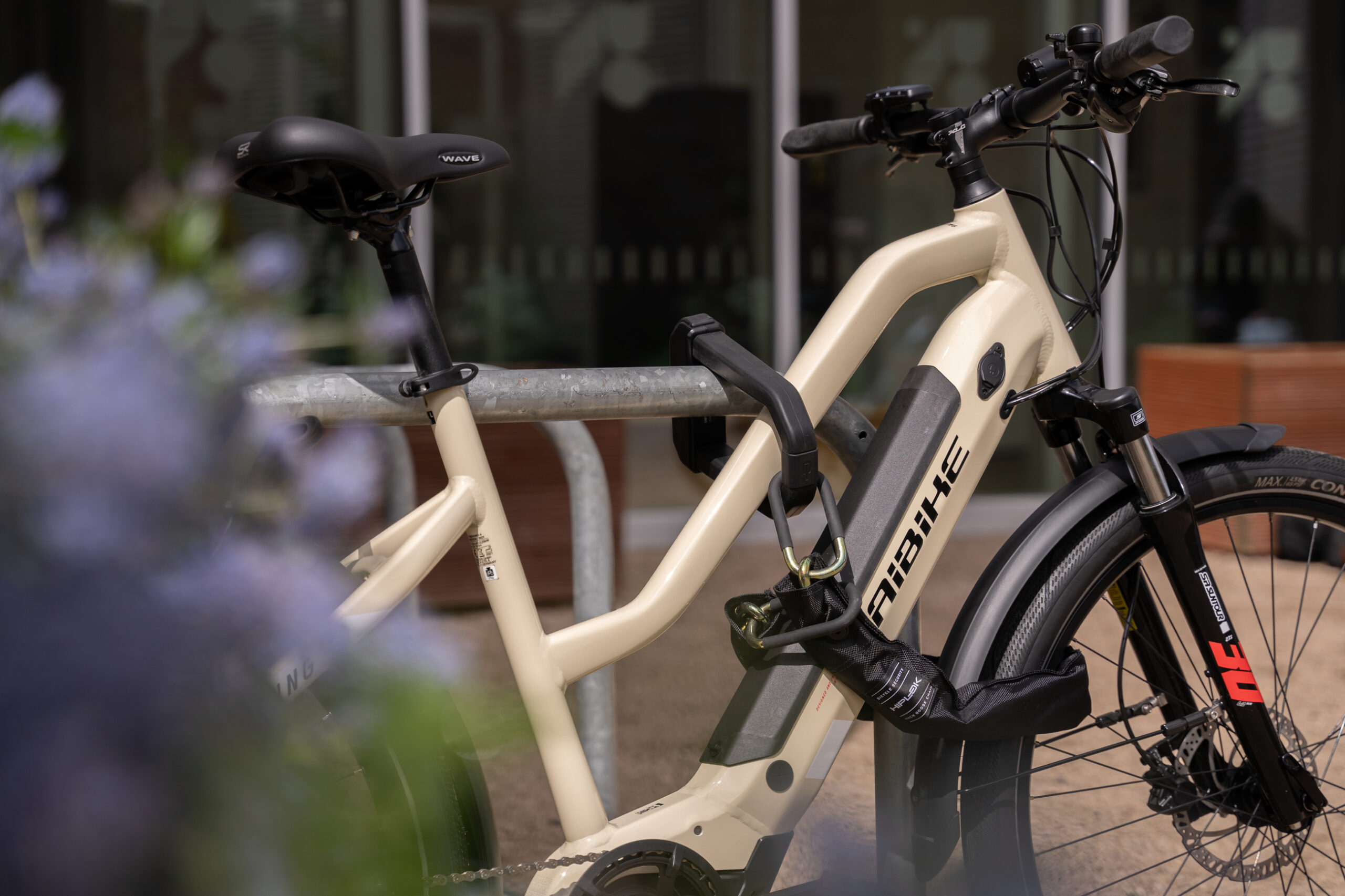
Be smart about location and routine
Thieves watch for patterns. Don’t always lock up in the exact same place. Choose well-lit, high-footfall areas, especially in towns or cities. If your bike is worth a lot, consider keeping a cheaper “pub bike” for everyday use.
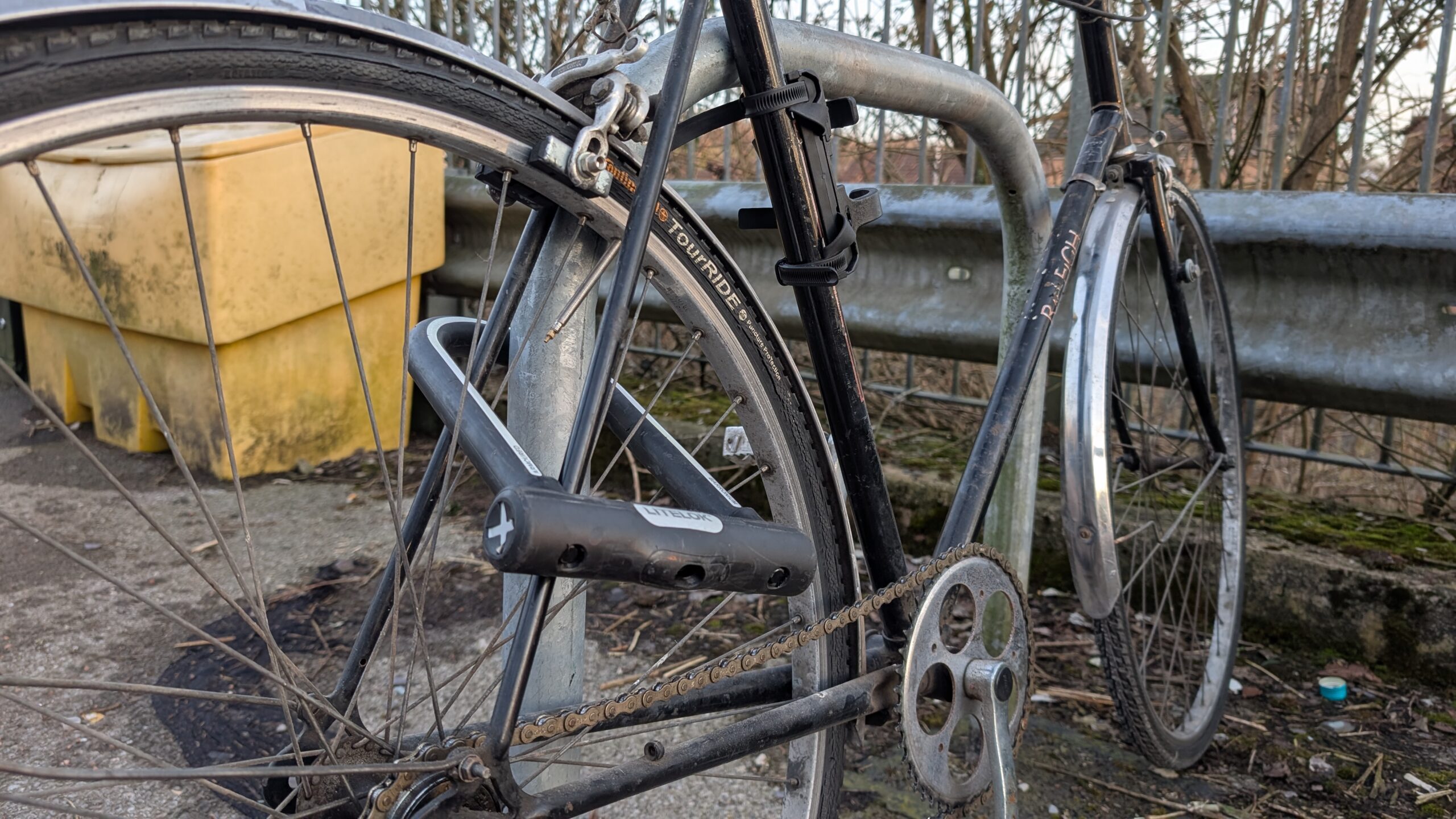
Lock the frame and both wheels
Too many people still just loop their lock through the front wheel. This makes it easy for thieves to take the rest of the bike. Use a D-lock through the rear triangle and wheel. Yes, it’s a little more effort, but it’s worth it in the long run. When locking through the wheel, ensure your lock goes around the wheel rim as opposed to through the spokes. Have a guess what happened here…
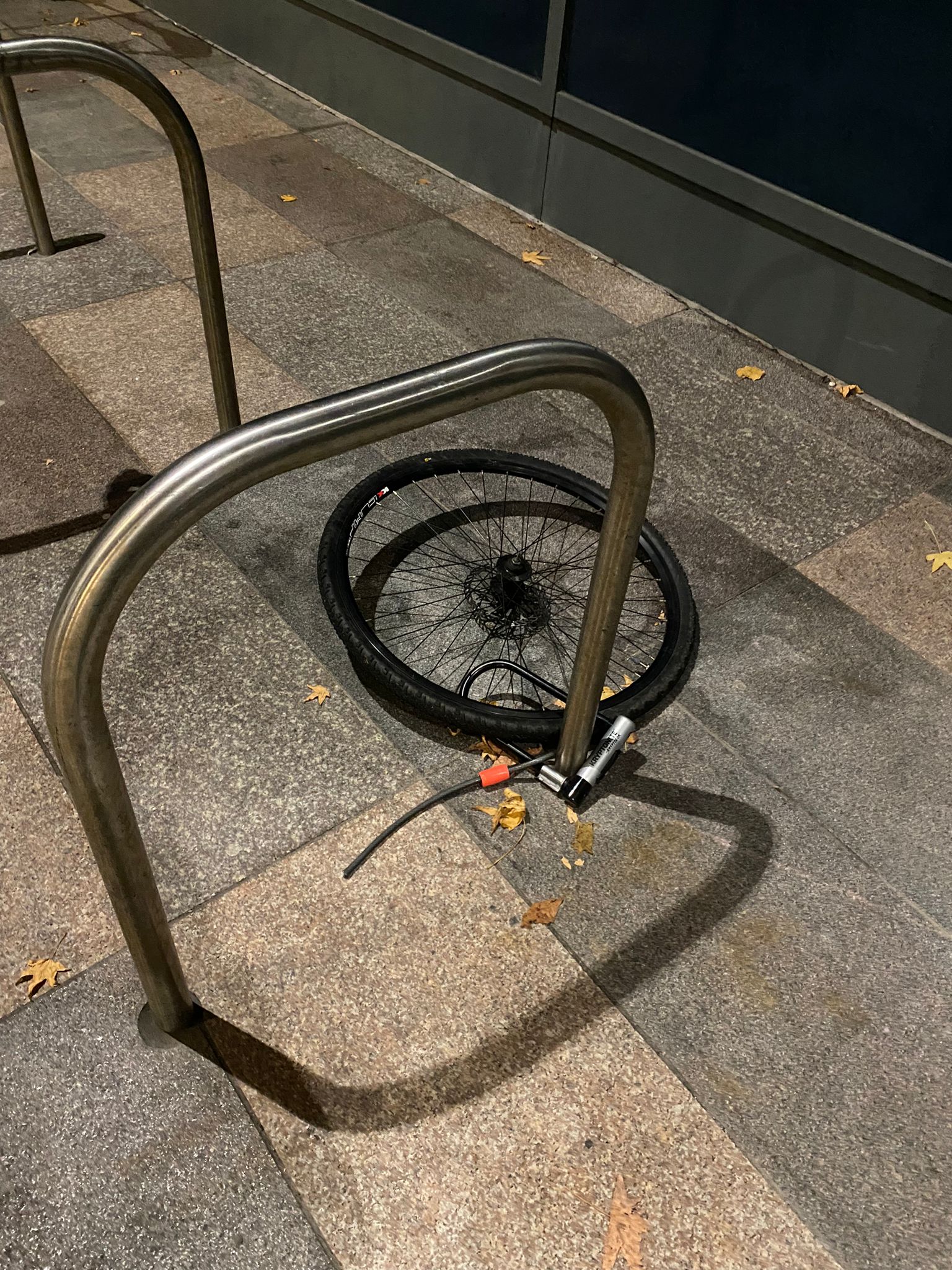
Use Hex Locks
Wheels and saddles with quick-release skewers are a magnet for opportunistic thieves.
Hex-lock skewers (or security bolts) replace quick-release levers with bolts that require a unique or non-standard key, making it much harder to remove parts without tools.
They’re light, affordable, and ideal for: Wheels (especially front wheels left outside locks) Saddle clamps, Headsets and seat posts
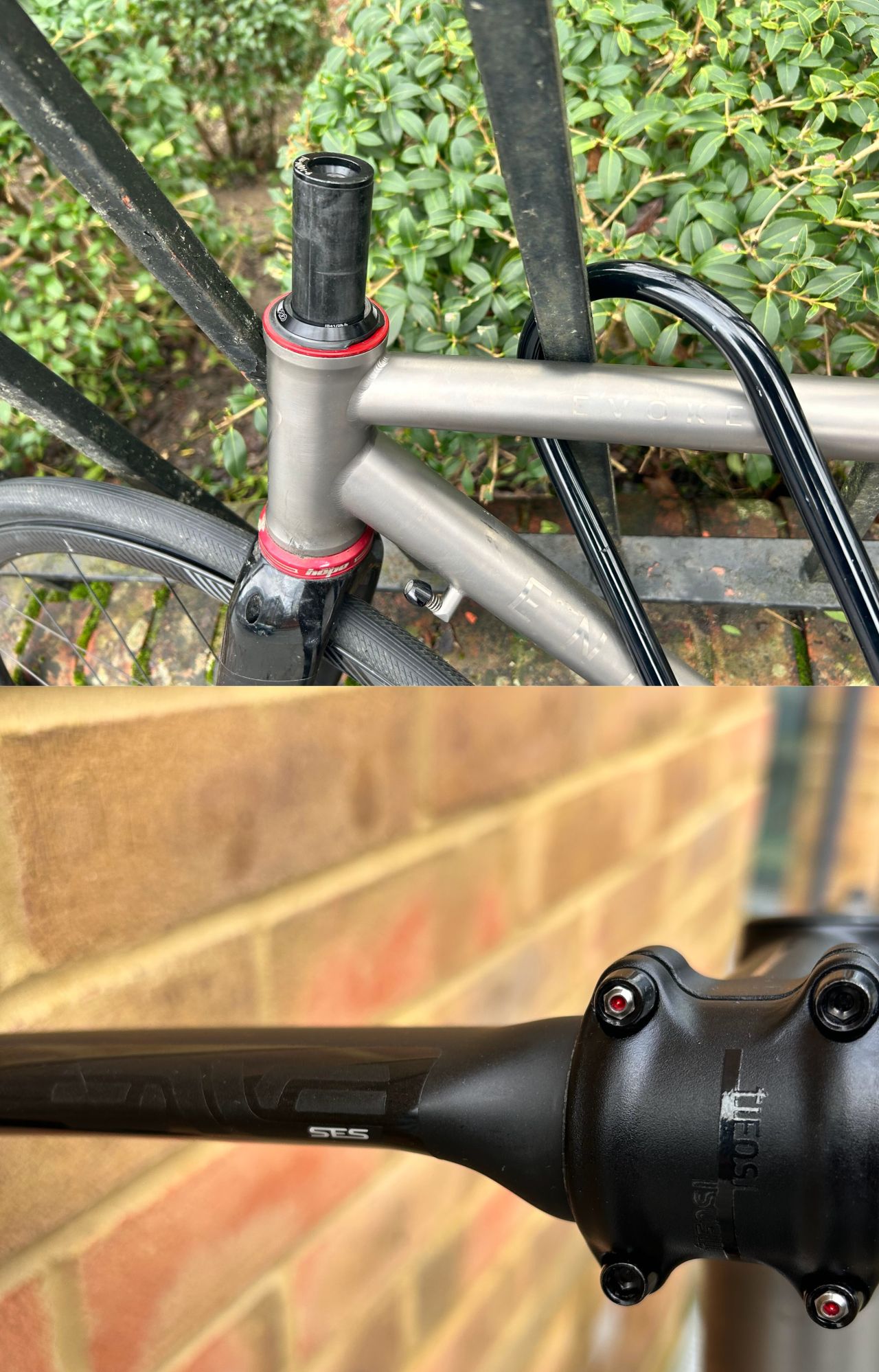
Don’t make it easy at home
Over half of bike thefts happen from the owner’s home. Whether it’s a garage, shed, or hallway, treat it like a public place.
Install a wall or ground anchor, and lock your bike to it. Don’t forget to always lock your door as we’ve had claims denied simply because thieves walked into an unlocked and open garage! Use a smart alarm or camera, it might not stop them, but it helps with police reports and evidence.
Use a tracker like the Knog Scout or Apple AirTag
Even with the best locks, determined thieves can sometimes get away with a bike. That’s where a discreet tracking device can make the difference. The Knog Scout (which we sell at checkout) combines a loud alarm with GPS tracking, and it mounts securely to your bike frame. Like an Apple AirTag, when hidden cleverly under a bottle cage or saddle, can silently broadcast your bike’s location through the Find My network. These won’t prevent a theft, but they hugely improve your chances of recovery and have even helped police return bikes to owners in hours.
